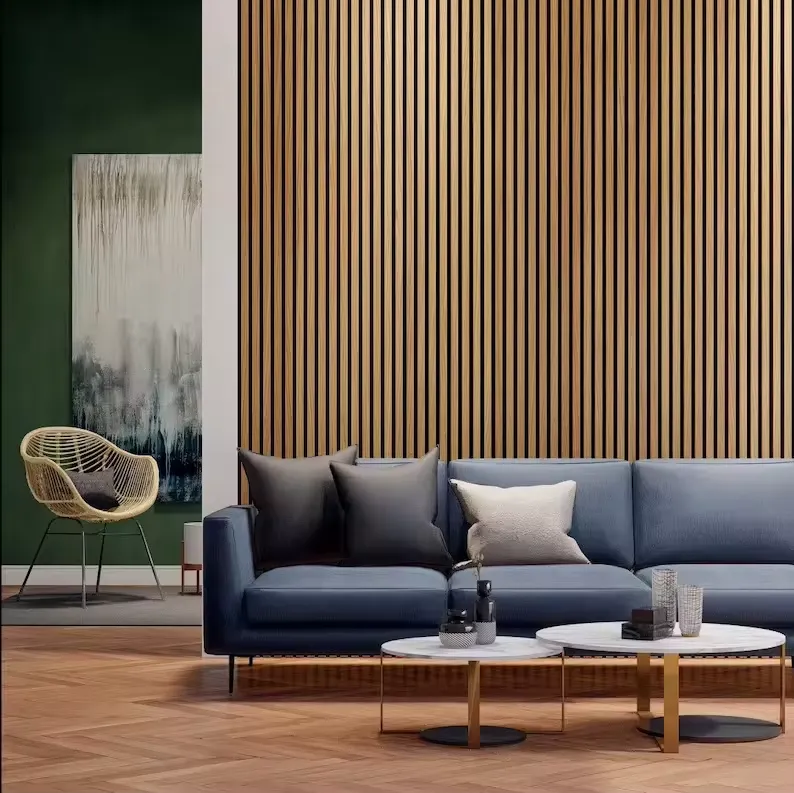Acoustic Panels for Recording Studios Enhancing Sound Quality
In the realm of audio production, the quality of sound captured in a recording studio hinges significantly on the acoustic environment. Acoustic panels, designed to reduce and control the sound within a space, play a pivotal role in achieving optimal audio clarity. This article explores the importance of acoustic panels in recording studios, their types, benefits, and practical considerations for effective implementation.
Understanding Acoustic Panels
Acoustic panels are sound-absorbing materials strategically placed in a studio to manage sound reflections, reverberation, and echoes. These panels are typically made from porous materials like fiberglass, foam, or mineral wool, which absorb sound waves rather than reflecting them. By mitigating unwanted noise, these panels help in creating a controlled environment suitable for recording vocals, instruments, and other audio tracks.
Why Acoustic Panels Are Essential
1. Sound Clarity Recording studios should offer a clear and natural sound. Without proper acoustics, recordings can sound muddy or distorted. Acoustic panels help in managing the sound waves, allowing for crisp and clear audio capture.
2. Reduced Echo and Reverberation In rooms without any acoustic treatment, sound waves bounce off hard surfaces, creating significant echoes. This can make it challenging for sound engineers to mix tracks accurately. Acoustic panels absorb these reflections, leading to a more manageable acoustic space.
3. Improved Focus during Mixing When sound engineers mix audio, they rely on accurate playback of the sound. Acoustic panels eliminate standing waves and flutter echoes, enabling engineers to perceive frequencies more accurately. This ensures that mixes translate well across different listening environments.
4. Enhanced Vocal and Instrument Recording Acoustic panels are crucial for recording vocals and instruments. They prevent unwanted noise from being captured in the recording, ensuring that the main audio source stands out without interference.
Types of Acoustic Panels
1. Absorption Panels These are the most common types of acoustic panels. They are designed to absorb sound energy, diminishing the overall sound level in a studio space. Typically made from soft, porous materials, they are ideal for treating mid to high frequencies.
acoustic panels for recording studio

2. Bass Traps Low-frequency sounds are often problematic in recording environments. Bass traps are used in corners of rooms to absorb low-frequency sound waves that tend to build up in these areas. These specialized panels enhance overall sound quality by addressing low-end issues.
3. Diffusers Unlike absorption panels, diffusers scatter sound waves, preventing echoes while maintaining some liveliness in the sound. They are often placed in larger spaces or on the back wall to enhance the soundstage without creating dead spots.
4. Cloud Panels Suspended from ceilings, cloud panels help control sound reflections between the ceiling and the floor. They are particularly effective in larger studios where sound can easily bounce around.
Practical Considerations for Implementation
When installing acoustic panels, several factors should be considered
1. Room Dimensions The size and shape of a room significantly influence its acoustic properties. A room with parallel walls can create standing waves, so strategic placement of panels is crucial.
2. Panel Placement Common placements include areas where sound waves are most likely to hit, such as first reflection points on walls and ceilings. In addition, ensuring an even distribution of panels across the space helps in achieving balanced sound absorption.
3. Panel Thickness and Density Thicker and denser panels tend to absorb lower frequencies more effectively, making them ideal for critical listening environments.
4. Aesthetics While functionality is paramount, aesthetics should not be overlooked. Acoustic panels come in various colors and styles, enabling customization that complements the studio’s design without compromising sound quality.
Conclusion
Acoustic panels are an indispensable element in the design of recording studios, ensuring that sound quality is optimized for recordings and mixing. By understanding their functions, types, and the proper methods for implementation, studio owners and sound engineers can create environments that foster creativity and professional sound production. Investing in quality acoustic treatment is essential for anyone serious about achieving the best possible audio results in their recordings.
